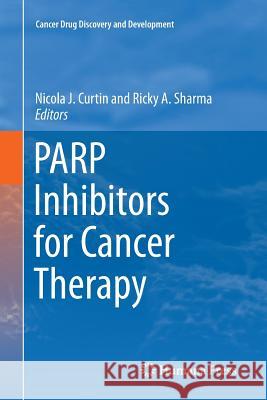Parp Inhibitors for Cancer Therapy » książka
topmenu
Parp Inhibitors for Cancer Therapy
ISBN-13: 9783319344898 / Angielski / Miękka / 2018 / 591 str.
Kategorie BISAC:
Wydawca:
Humana Press
Seria wydawnicza:
Język:
Angielski
ISBN-13:
9783319344898
Rok wydania:
2018
Wydanie:
Softcover Repri
Numer serii:
000032581
Ilość stron:
591
Waga:
0.84 kg
Wymiary:
23.39 x 15.6 x 3.15
Oprawa:
Miękka
Wolumenów:
01
Dodatkowe informacje:
Wydanie ilustrowane











